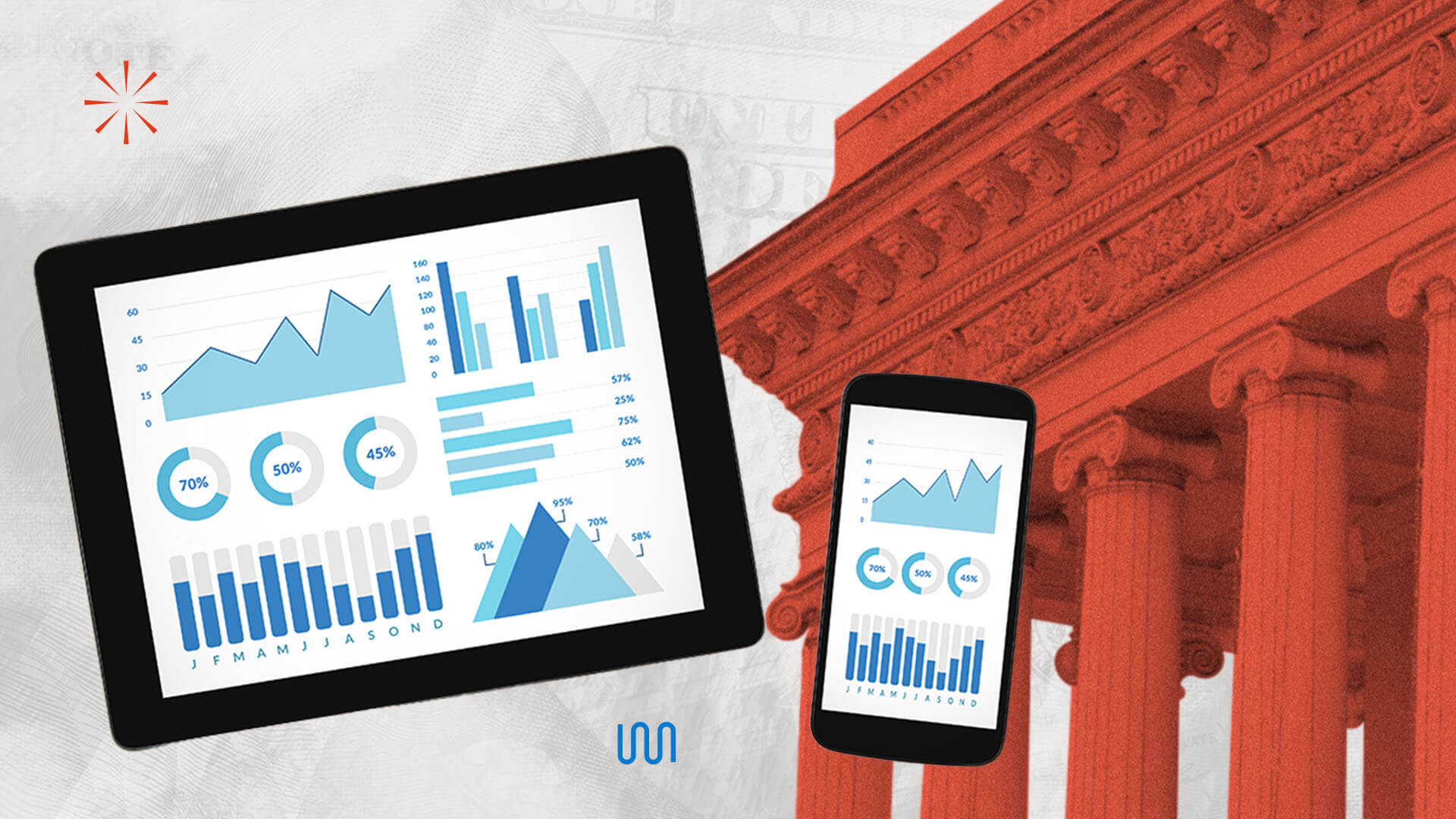
The financial services landscape continues to see significant shifts, forcing credit unions to adapt and prepare for changes quickly.
One of those shifts includes understanding and preparing for the potential impact of digital assets such as cryptocurrency and related technologies. More than 20% of people with investable assets have invested in cryptocurrency, according to a Gemini survey, and this number will grow. These investors typically utilize a cryptocurrency exchange; however, more importantly for credit unions, research also showed that more than 60% would prefer to trade with their trusted financial institution. This technology can create a profound, positive impact on the credit union industry with a balanced approach.
For example, Decentralized Finance's (DeFi) cryptocurrency use is emerging as a way to serve the underbanked and unbanked. These solutions are generally peer-to-peer and fulfill the consumer's desire for a digital asset that can provide value, be used for efficient and inexpensive everyday transactions and provide meaningful investment returns.
With traditional finance, the underbanked and unbanked are generally limited by several factors, including poor branch access, unstable employment or housing options and a lack of officially issued identification. As a result, they often have nonexistent or poor credit, making offering financial solutions difficult and risky. The financial products available to these groups are limited and their costs are high. This has driven many consumers to payday lenders with borrowing rates as high as 700%, pawnshops with rates of 60% to 240% or check-cashing services with fees ranging from 2% to 3%.
Cryptocurrency and DeFi solutions are superior alternatives with competitive pricing for the underbanked and unbanked. Some examples include:
- Collateralized loan rates of 5% to 8%;
- Crypto transaction fees that are typically less than a few dollars;
- Money movement that is instantaneous;
- Money lending with more than 4% in interest returns;
- No identification required;
- No credit required – they only need access to cryptocurrency for collateral; and
- Access to a physical branch is unnecessary – only a way to get on the internet is needed.
The competitive pricing offered by DeFi is usually the result of removing financial intermediaries. However, credit unions can achieve new efficiencies to allow for profitable products with lower costs for members. This provides a pathway to increase financial inclusiveness and responsibly add members. Offering these alternative solutions could serve as an on-ramp for traditional financial solutions once assets and behaviors are more established.
While many credit unions are already experimenting with these new technologies, it may seem overwhelming for others. That's where third-party providers come in. There are licensed, reputable cryptocurrency exchanges and OCC-chartered cryptocurrency custodians that allow members to purchase, hold and sell cryptocurrency while minimizing compliance risks.
Cryptocurrency solutions that credit unions are already offering members include:
- Crypto custodial services;
- Crypto trading;
- The ability to purchase, hold and accumulate various distributed ledger technology (DLT) coins;
- Debit and credit crypto cards; and
- Rewards/interest paid in crypto.
Market behavior has confirmed members feel their credit union is safer to access and manage their digital assets given the data security and transparency it provides.
As the cryptocurrency space continues to grow, credit unions must stay on top of new developments. Understanding cryptocurrency and DeFi use cases, market cap and circulation is critical in ensuring quality cryptocurrencies are available for members. Transaction monitoring, which includes identifying and understanding trends tied to the frequency of purchases and a member's purpose and scope of using and transacting with cryptocurrencies, is crucial to better understand how to serve members.
Cryptocurrencies are becoming a widespread payment source. Credit unions that take the time to understand this space and implement the necessary solutions to make this successful for members will be better positioned to grow their member base and improve member satisfaction.
Larry Pruss is SVP for Strategic Resource Management (SRM), a bank and credit union consulting service provider based in Memphis, Tenn.
This article was written by Natasha Chilingerian from Credit Union Times and was legally licensed through the Industry Dive publisher network. Please direct all licensing questions to legal@industrydive.com.



